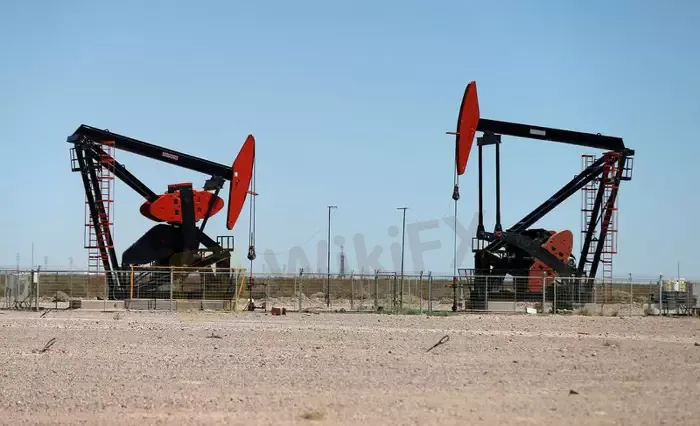简体中文
繁體中文
English
Pусский
日本語
ภาษาไทย
Tiếng Việt
Bahasa Indonesia
Español
हिन्दी
Filippiiniläinen
Français
Deutsch
Português
Türkçe
한국어
العربية
Oil prices extend losses on demand worries
Abstract: Oil prices extended losses on Friday, after hitting their lowest since before Russia’s February invasion of Ukraine in the previous session, as the market fretted over the impact of inflation on global economic growth and demand.

Brent crude dropped 10 cents, or 0.1%, to $94.02 a barrel by 0047 GMT, while U.S. West Texas Intermediate crude was at $88.48 a barrel, down 6 cents.
“Crude oil fell further on demand concerns on a cloudy economic outlook,” CMC Markets analyst Tina Teng said. “If commodities are not pricing in an imminent economic recession, they might be preparing for a ‘stagflation’ era when the unemployment rate starts picking up and inflation stays high.”
Recession worries have intensified following the Bank of Englands warning of a drawn-out downturn after it raised interest rates by the most since 1995.
Investors are focused on the U.S. employment report to be released later in the day, which is expected to show nonfarm payrolls increased by 250,000 jobs last month, after rising by 372,000 jobs in June.
Any signs of strength in the labour market could feed into fears of aggressive steps by the Fed to curb inflation.
“There are signs that high prices have taken the edge off gasoline and distillate demand,” ANZ analysts said in a note.
U.S. gasoline demand fell around 7% on year in July while China‘s zero-COVID strategy is pushing recovery in the world’s No.2 economy further out, they added.
Still, the global crude oil markets remained firmly in backwardation, where prompt prices are higher than those in future months, indicating tight supplies.
Supply concerns are expected to ratchet up closer to winter with the European Union sanctions banning seaborne imports of Russian crude and oil products set to take effect on Dec. 5.
OPEC leaders Saudi Arabia and the United Arab Emirates stand ready to deliver a “significant increase” in output should the world face a severe supply crisis this winter, sources familiar with the thinking of the top Gulf exporters said.
For September, OPEC+ is set to raise its oil output goal by 100,000 barrels per day. The hike is one of the smallest since OPEC quotas were introduced in 1982, OPEC data shows.

Disclaimer:
The views in this article only represent the author's personal views, and do not constitute investment advice on this platform. This platform does not guarantee the accuracy, completeness and timeliness of the information in the article, and will not be liable for any loss caused by the use of or reliance on the information in the article.
WikiFX Broker
Latest News
Elon Musk Warns of Imminent US Bankruptcy | Bitcoin Retreats from $100K
WikiEXPO Global Expert Interview: Advanced Practices and Insights in Financial Regulation
Justin Sun Invests $30M in Trump-Backed World Liberty Financial
Kraken Closes NFT Marketplace Amid New Product Focus
Robinhood Launches Ethereum Staking with 100% Rewards Match
Pros & Cons of Automated Forex Trading
Magic Compass Sponsors World Taekwondo Poomsae Championships 2024
Trump tariffs: President-elect is serious but it\s not about trade
BSP Rolls Out Stricter Rules for Virtual Asset Providers
Webull Canada Expands Trading Hours with Options Trading
Currency Calculator



